The Descending Blue*
- Jane
- Apr 5, 2022
- 5 min read
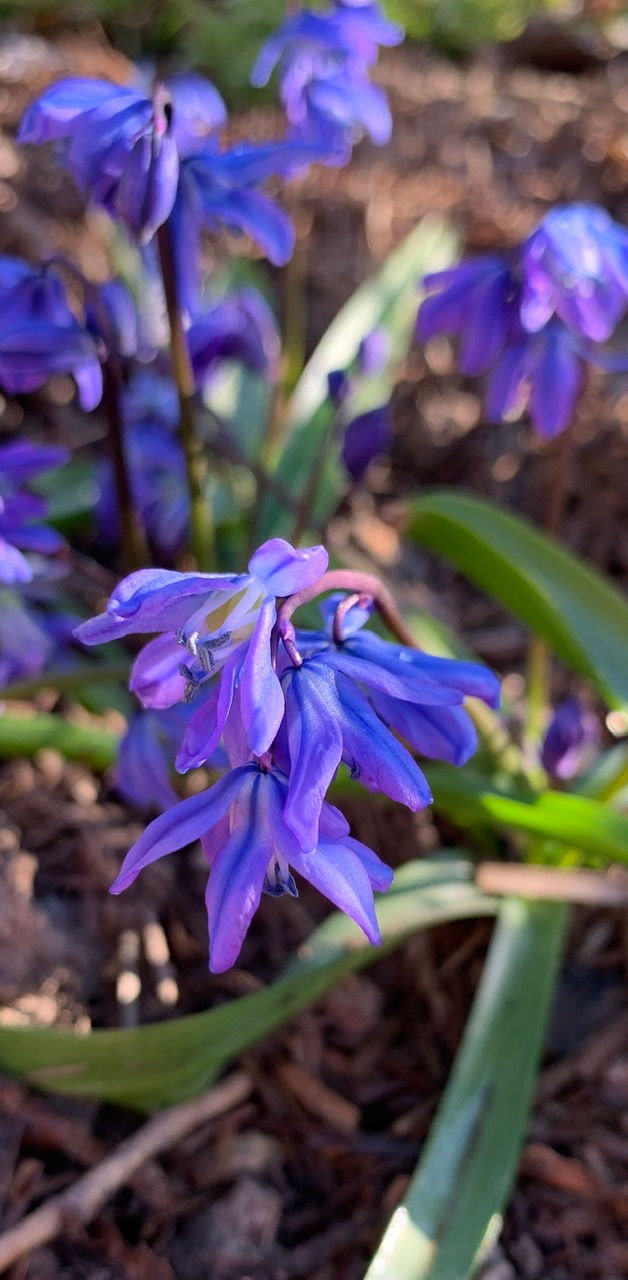
Time it was when we knew where we were in the year by what was growing. No more: our plants are as confused as we are, and buds and shoots are no longer true almanacs. It is difficult now to predict what will bloom when, nor to forestall damage to that young growth. Early March had been more summery than spring-like here, and for all my existential climate anxiety, there is still something sneakily enjoyable about warm days in spring. The mind leaps ahead to long summer evenings, fruit and flowers, outdoor dining, a rather un-British nonchalance, the times when we cast off our shivery northern inhibitions and relax. Little wonder that we cause so much amusement overseas at the mention of weather: for Brits, even before global warming, domestic meteorology was a rollercoaster thrill ride. Snow in spring, floods in summer, every day a surprise. I have lived for over ten years in a country which bakes at well over 30 degrees for most of the year, often much higher: heat cannot be deemed a surprise. And every year I and my countryfolk there pass comment on how very hot it is. Old habits die hard, and in the Gulf, clouds are enough to stop us dead in our tracks.
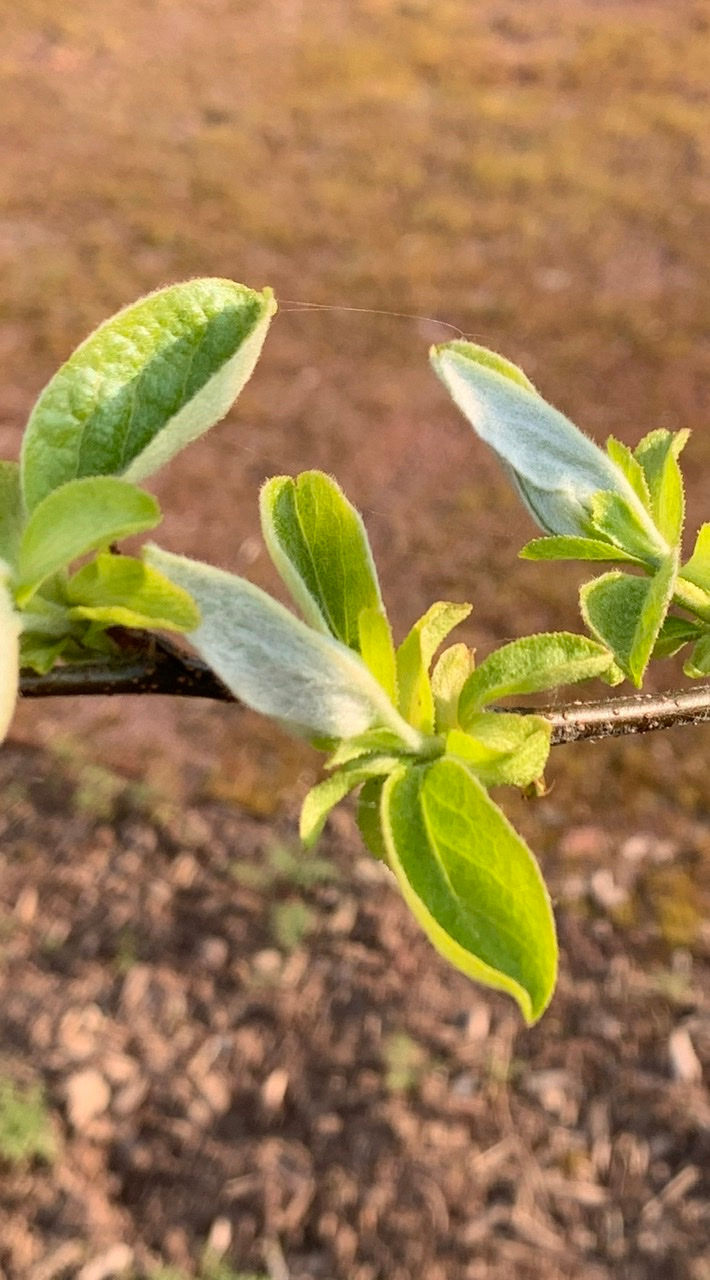
Back in the shire, tight-furled buds are in full bloom when I return from a week away. The sky is huge and sparkling clean - Hopkins’ descending blue. Green shimmers where I had left dry brown. Much is progressing as it should, thankfully - apple trees are showing a demure hint of leaf, roses are gleaming copper with fresh sprigs. Others have accelerated - the quince is parading its exquisite leaves, and the tangerine geums, notionally due in April/May, are the giddiest of all, orange pops amongst the upcoming tulip leaves. The new herb beds too, have got carried away: a surprise to see the creamy sprays of sweet cicely already out, and the rosemary is covered in fine blue flowers, a magnet for sleepy bees. My to-do list grows ever longer, and I go from bed to bed, opting for the ‘do something in each area’ over ‘finish off one patch perfectly’ approach. This is partly due to the size of the place, but also necessity - I had planned to finish mulching the west side borders by late March, but the ground is bone dry. Mulch is marvellous, but it traps in cold or dryness just as much as (optimally) warmth and moisture, so that job is put on hold, as day after day rain is forecast then doesn’t arrive. I also pace the new east borders, an anxious old mother hen waiting to see if last summer’s new plantings have survived. This utterly pointless (what am I going to do if something has indeed died? kiss of life?) yet oddly rewarding activity even finds me on hands and knees gently scraping away soil to see if there is any hint of life stirring - and thereby of course increasing the risk of damaging any of said new growth. It goes without saying that it is the plants which are easily replaceable and more ‘workaday’ (campanula, phlox) that are doing very well, while the ones which I have dreamed of growing for so long (gillenia trifoliata, veronicastrum) are nowhere to be seen. Yet. Patience and optimism: the twin supports of all gardeners. And speaking of twin supports, the pair of amelanchiers and the two magnolia stellata planted to flank the front steps are in full bud. I now understand why everyone raves about amelanchier (also known as snowy mespilus, or Juneberry), with its new growth of pink-copper leaves and creamy white flower buds.
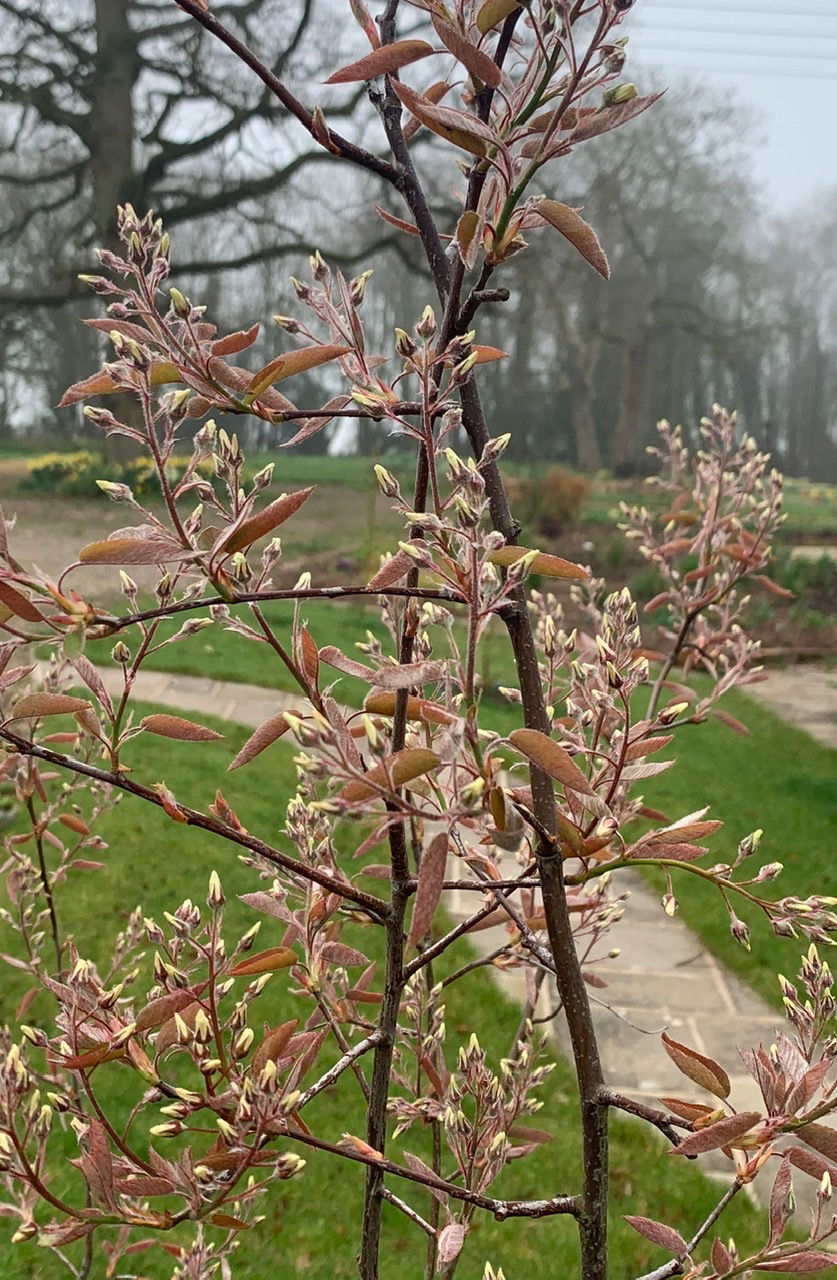
Leaving the whites and creams of the east beds behind, the hot terrace beds are slowly stirring into life, led by the above-mentioned orange geums. There are is a great deal of late season planting in this area - dahlias, crocosmia, rudbeckias and so on, and right now it looks a little sparse. The tulips are on their way, the erythronium “Pagoda’” are looking stunning, and one trio of dogwoods has finally flourished. Young shrubs are starting to give some height and year-round structure, the purple-black heucheras are stalwarts, and recycled primulas and oxlips give some dabs of colour around the edges - but it needs work. It is a huge space - 6m x 15m on its longest side, and I’m currently relying too much on old plants I had already here in order to fill gaps. There have also been failures: my plan was three trios of winter dogwoods repeating, but over half failed in that hot summer of 2020, and I have not replaced them, wary of their prospects on that sunny slope. It is a tough spot - dry by dint of both the nearby oak tree and the natural lie of the land, and the stoniest part of the terrace bed. Might be time for some adjustments come the autumn, but for now, “Pagoda”, the euphorbias and the tulips will have to carry it through until the alliums and the roses arrive.
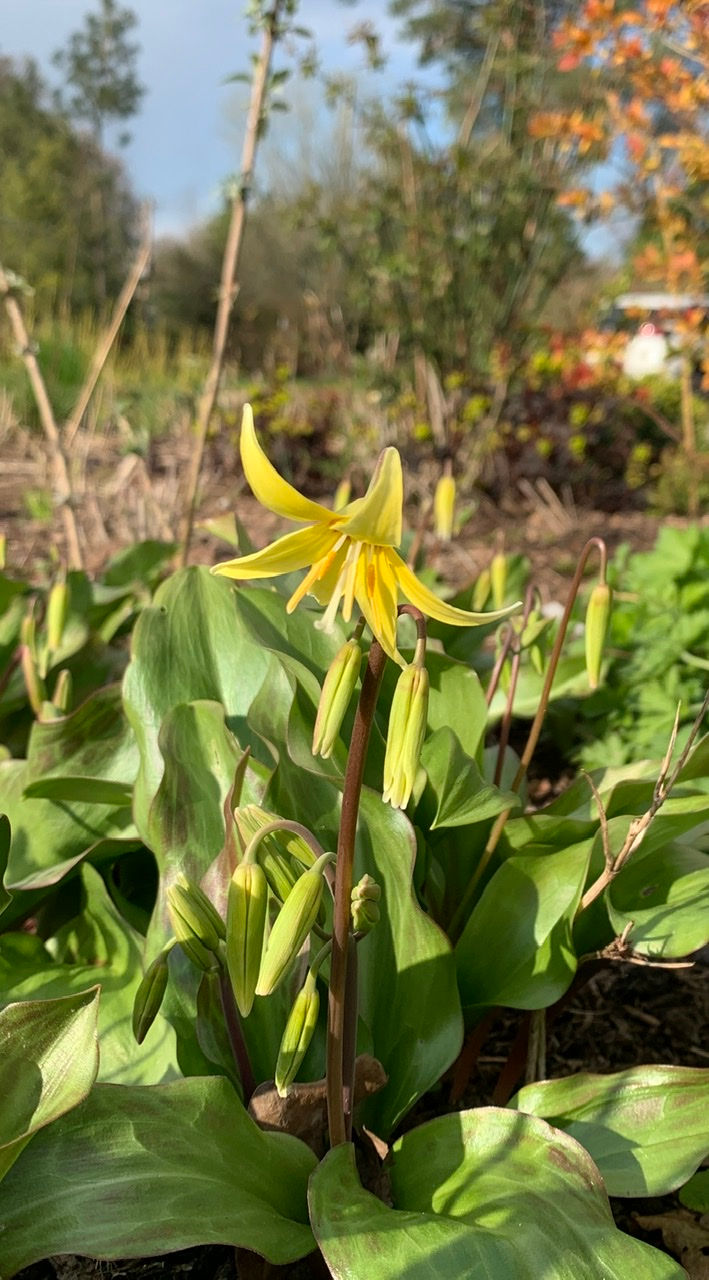
In the wood, green is surging across the open spaces. Bluebell leaves are everywhere, greatly increased from last year, and edged on most of the paths by swathes of primroses. Violets mix with bluebells. Foxgloves are also increasing, and tolerate the dusty dryness of the upper areas happily enough. The wild garlic is back, and it appears that all the patches that Neil planted have returned, with some already in flower. The elusive wood anemone also finally appears, though only in ones and twos in areas where we have planted handfuls. These stars of early spring woodland are known to be tricky to establish and slow to spread, which makes the presence of these few all the more exciting. The large drifts of snowdrops at the wood’s main entrance have now lost their flowers, the weight of their seedheads pulling the long stems down. Now is the time to divide and move snowdrops: large clumps can be dug up, divided and re-distributed now and the plants will settle in and grow better for next year. Primroses too, are unresenting of division and movement, providing more free plants. And more jobs for the list. And then April breezes in, and the mercury plummets. Still no rain, and the ground is frozen hard, with -2 and -3 overnight. The bees disappear again, ladybirds bury themselves in the Strulch, and everything stops, buds unchanged for the few days before it breaks and finally there is some rain overnight. And so the work begins again.
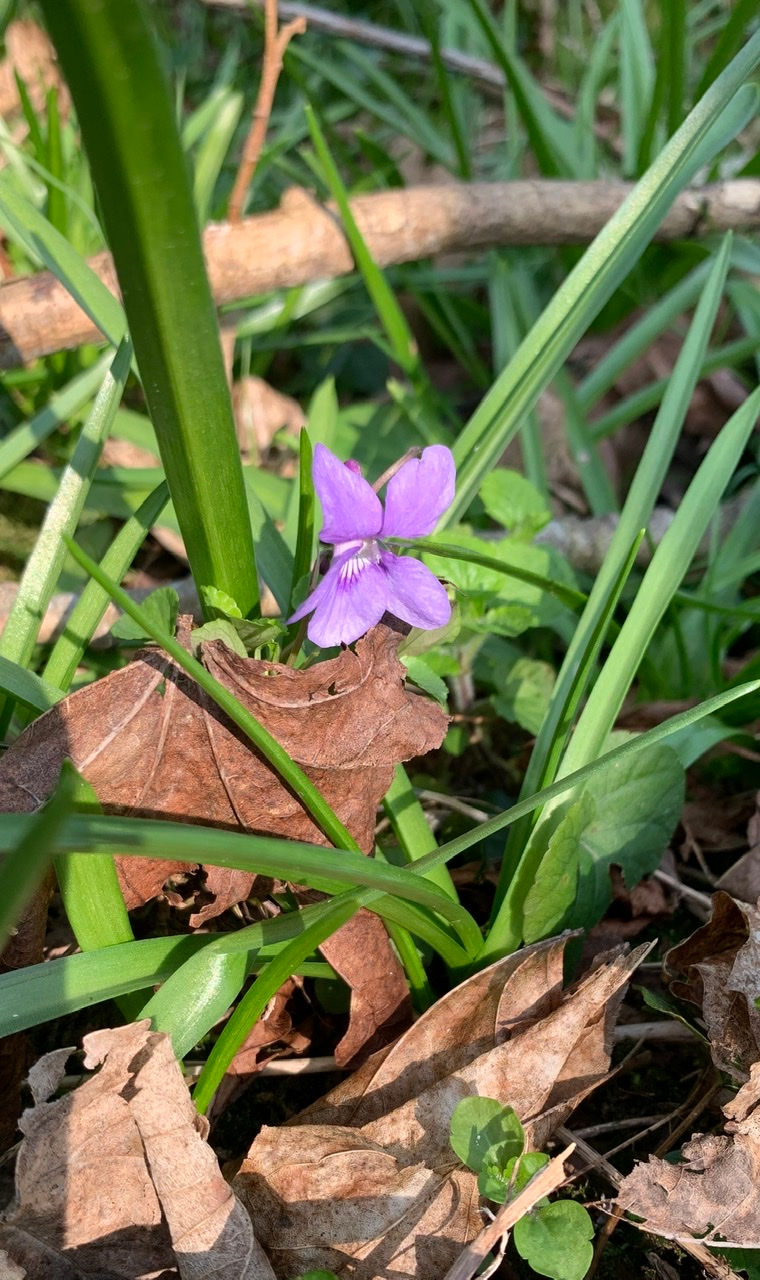
*”The glassy pear tree leaves and blooms, they brush / the descending blue; that blue is all in a rush / with richness; the racing lambs too have fair their fling.” Gerard Manley Hopkins



Comments